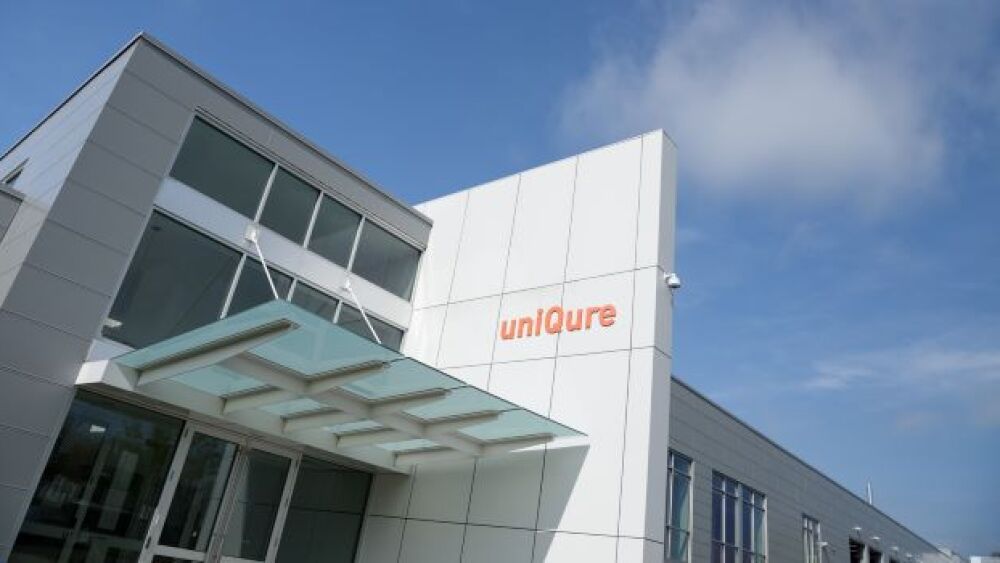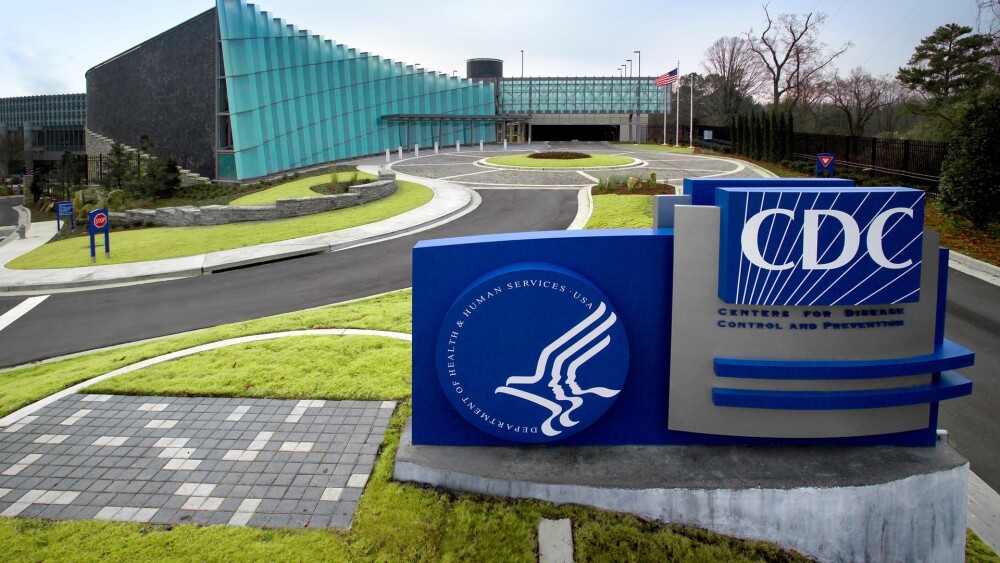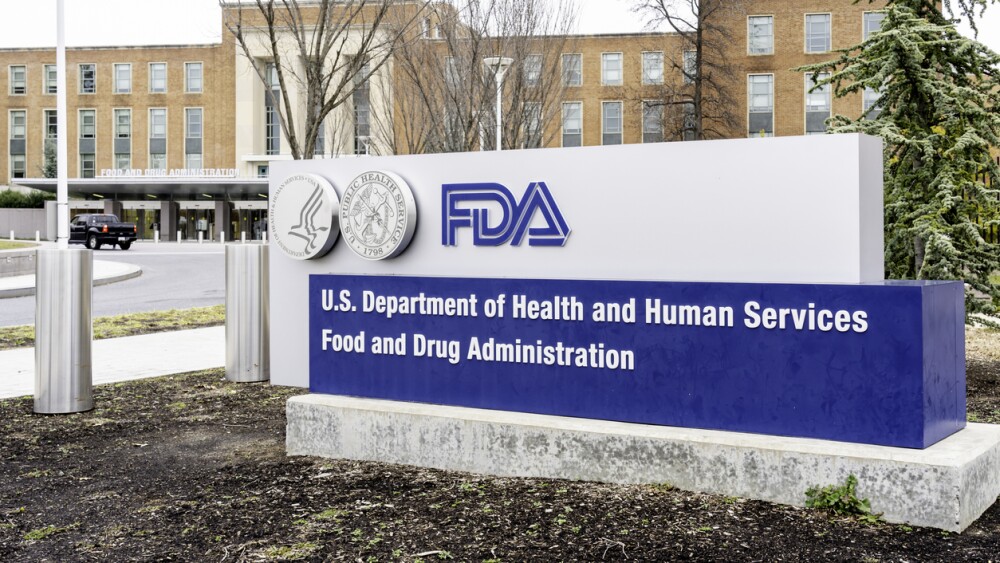Eli Lilly joins up with Camurus to make long-acting versions of the pharma’s obesity and diabetes drugs, joining the industry’s growing pipeline of programs that are differentiated by the frequency of dosing.
Eli Lilly has struck a deal that could reach $870 million in total value, striking a collaboration and licensing pact with Camurus to create long-acting versions of molecules against GLP-1 and other incretins.
Mounjaro and Zepbound, Lilly’s weekly injectable drugs that target the incretins GIP and GLP-1, have put Lilly at the head of the white-hot obesity and diabetes space. The products generated sales of more than $6 billion in the first quarter. Lilly is racing to cement its leadership by developing new injectables and expanding into orals—the pharma’s next generation oral GLP-1 agonist orforglipron recently showed “injectable-like” effects in a Phase III trial—but faces a potential threat from investigational therapies that are dosed less frequently.
The deal with Camurus could help Lilly to counter the threat. Lilly has agreed to pay up to $290 million in upfront, development and regulatory milestones to use Camurus’ long-acting delivery technology. The remaining $580 million is tied to sales-based milestones.
Lilly can use the technology on up to four of its compounds. Camurus said Lilly can select from dual GIP and GLP-1 receptor agonists and triple GIP, glucagon and GLP-1 receptor agonists. Mounjaro and Zepbound are dual agonists. Lilly’s Phase III candidate retatrutide is a triple agonist. The deal also features an option to include amylin receptor agonists.
Products developed using Camurus’ technology consist of an active ingredient dissolved in a lipid-based liquid. After being injected using a conventional syringe, the lipid solution forms a crystalline gel inside the body. The gel encapsulates the active ingredient. Over time, the gel degrades and releases the active ingredient into the bloodstream to provide sustained exposure for days, weeks or months.
Camurus’ internal pipeline features once-monthly candidates, including an acromegaly therapy that the European Medicines Agency recommended for approval in April. The duration of treatments based on the technology depends on the formulation.
The long-acting versions of Lilly’s drugs will join the industry’s growing pipeline of programs that are differentiated by the frequency of dosing. Camurus is running a Phase I trial of a once-monthly version of semaglutide, the active ingredient in Novo Nordisk’s Ozempic and Wegovy. Amgen started Phase III trials of MariTide, a once-monthly dual GLP-1 receptor agonist and GIP receptor antagonist, in March.
Novo, currently Lilly’s chief rival in the space, struck a deal with the Danish firm Ascendis for a once-monthly GLP-1 drug in November. The Danish drugmaker agreed to pay Ascendis up to $285 million in upfront, development and regulatory milestone payments for the candidate.
Studies have shown Lilly’s dual GIP and GLP-1 receptor agonist has advantages, including greater weight loss, over Novo’s single-acting GLP-1 drug. Novo’s high-dose Wegovy formulation narrowed the efficacy gap but Phase III data on the next-generation molecule CagriSema fell short of expectations. Investors reacted more positively to Phase Ib/IIa results for Novo’s amycretin, a GLP-1 and amylin receptor dual agonist.
Regeneron also joined the list of companies mounting a challenge to Lilly this week. The biotech paid $80 million upfront for ex-China rights to a GLP-1/GIP receptor agonist that it believes could have a similar profile to Lilly’s Mounjaro and Zepbound.






